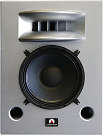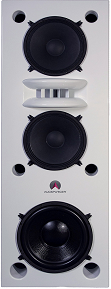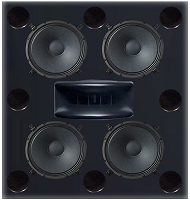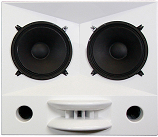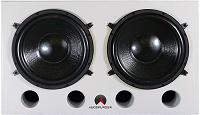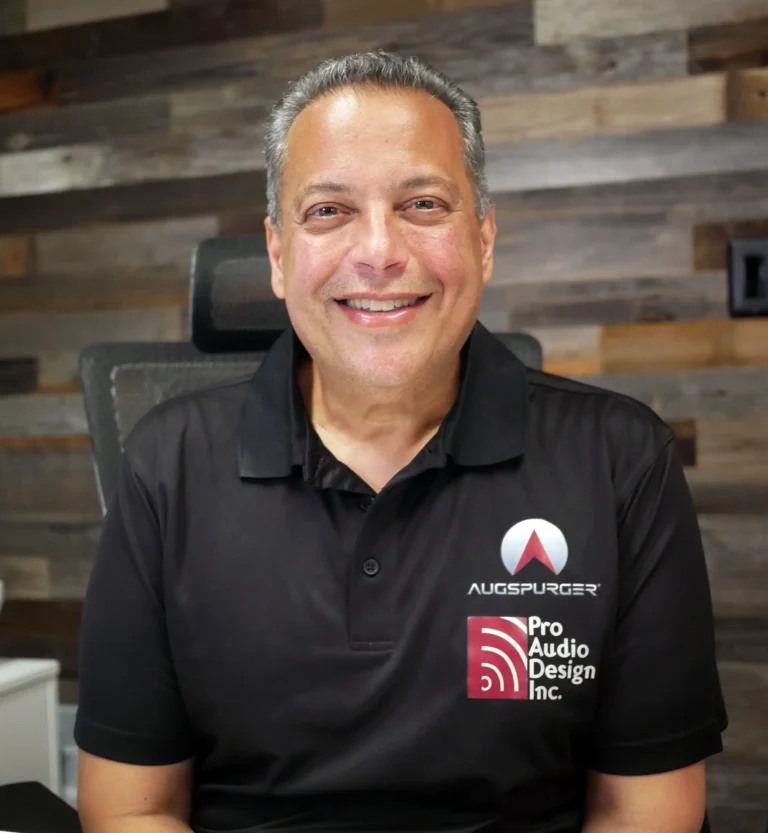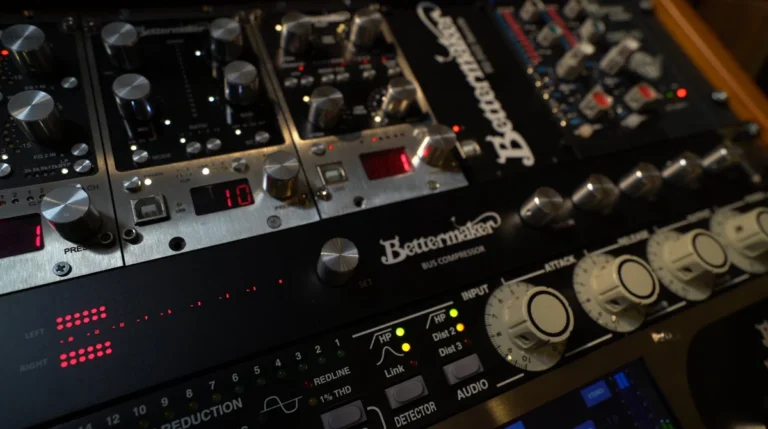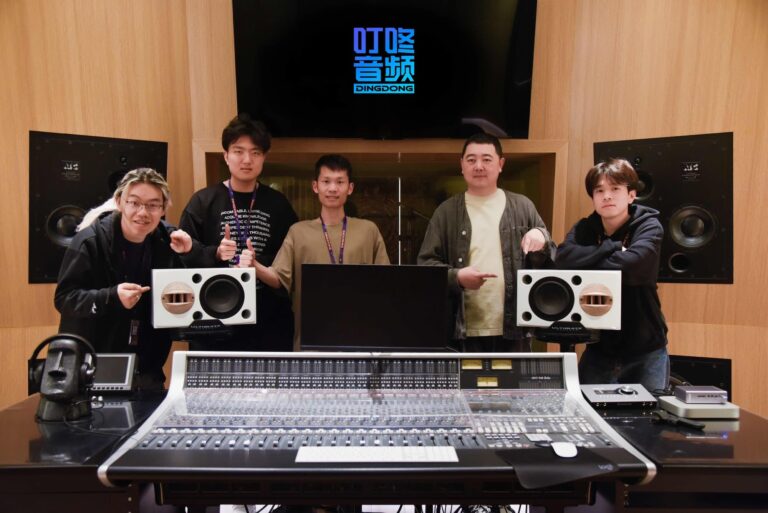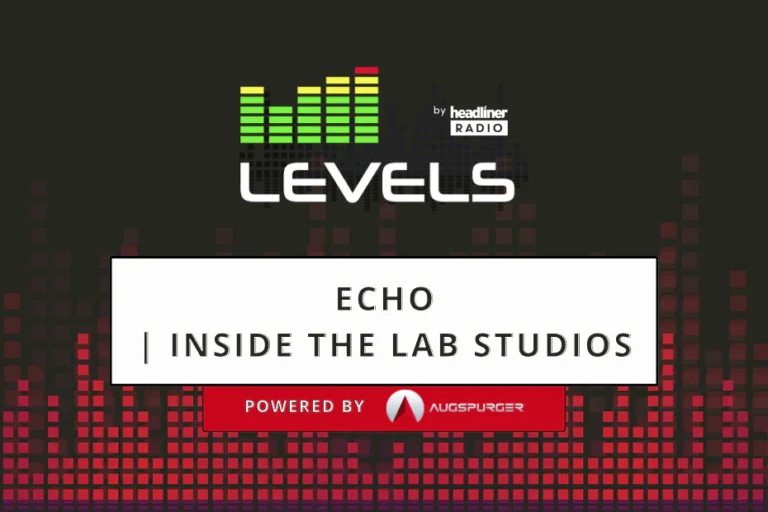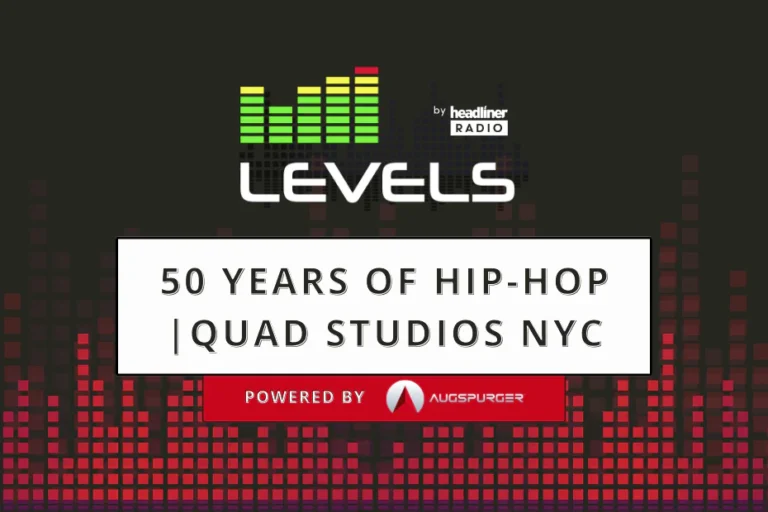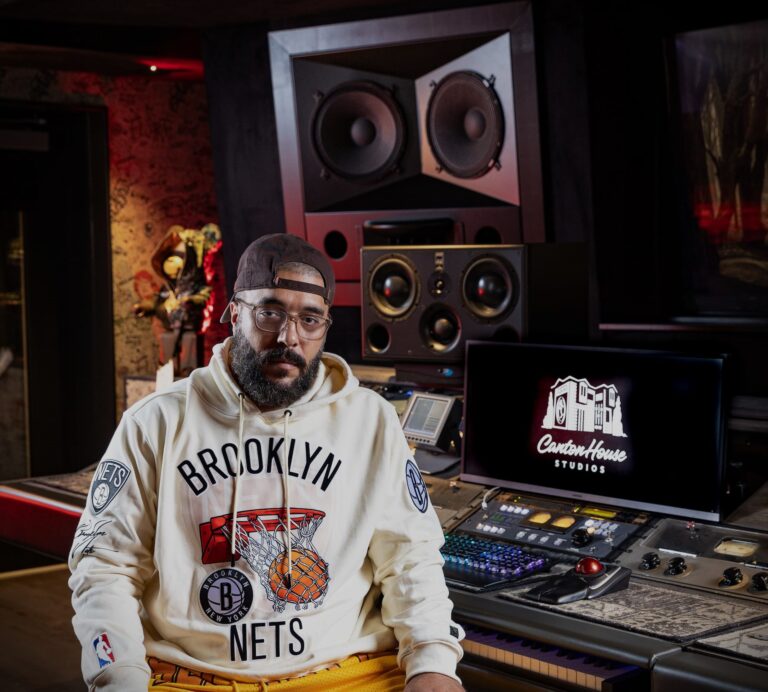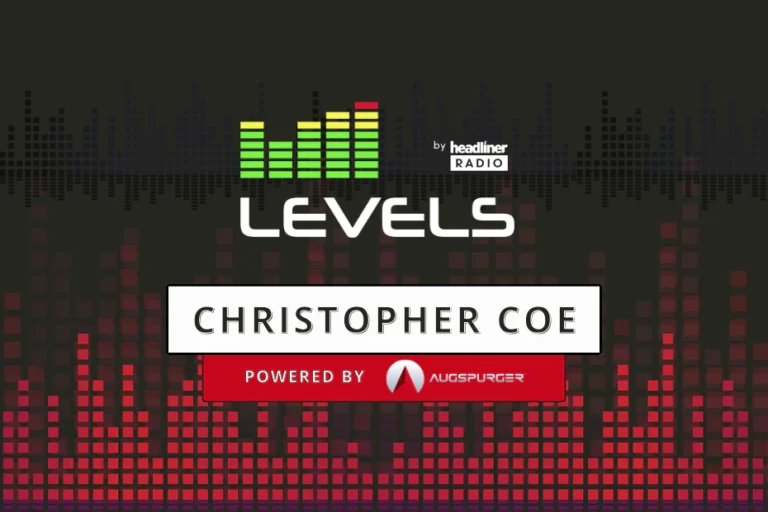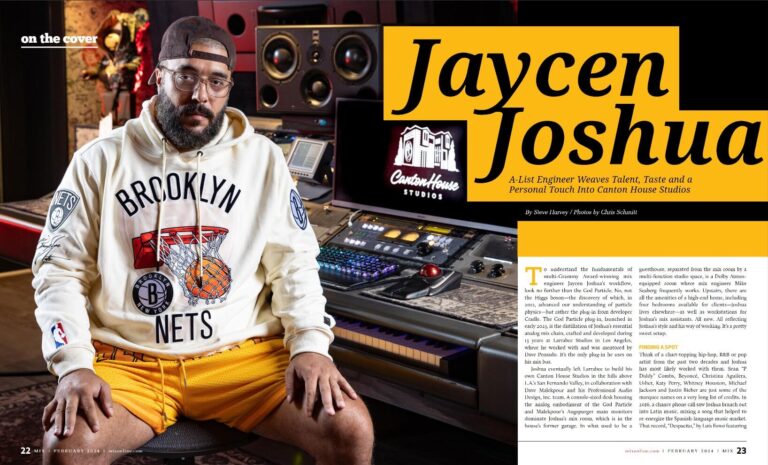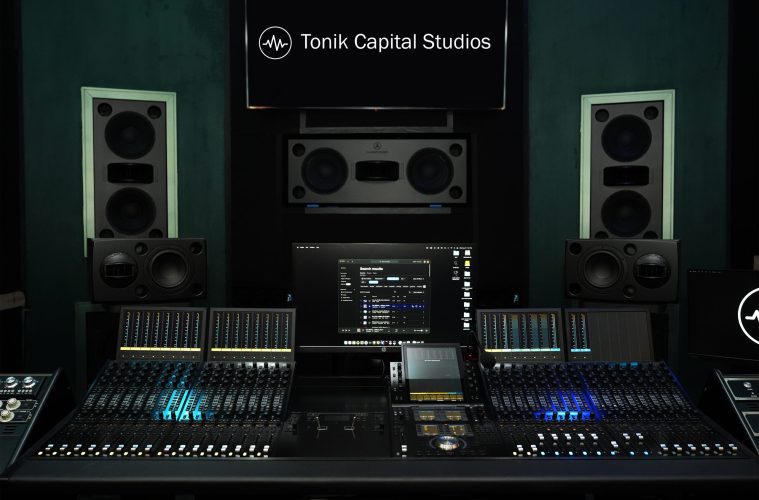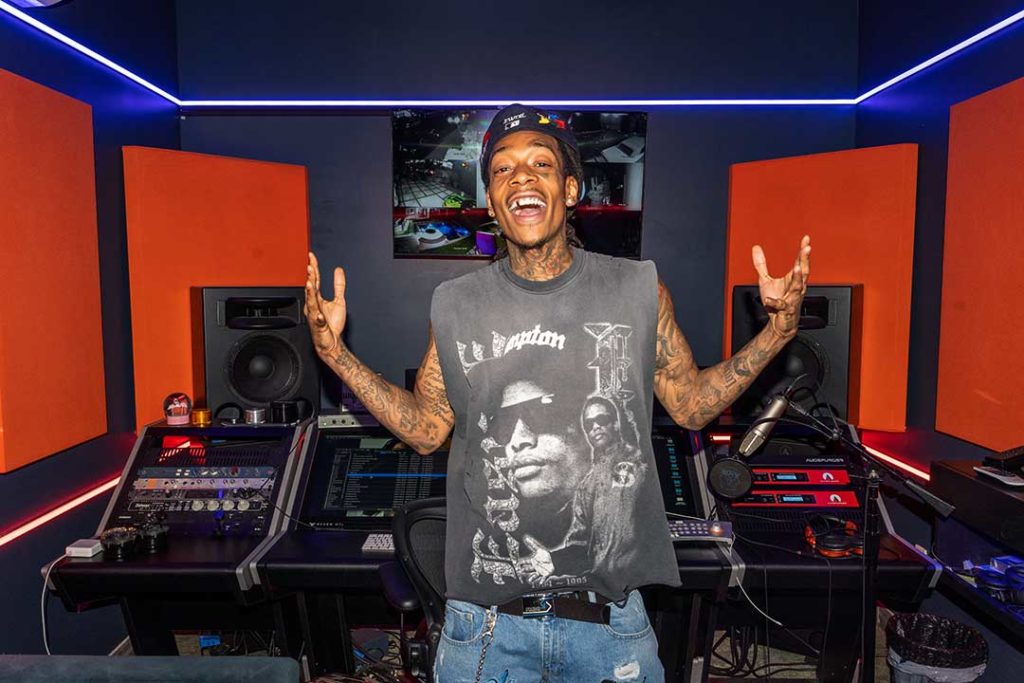
Check out the Vibe Media article about Wiz Khalifa’s home studio equipped with Augspurger® monitors
Home Studio – Wiz Khalifa
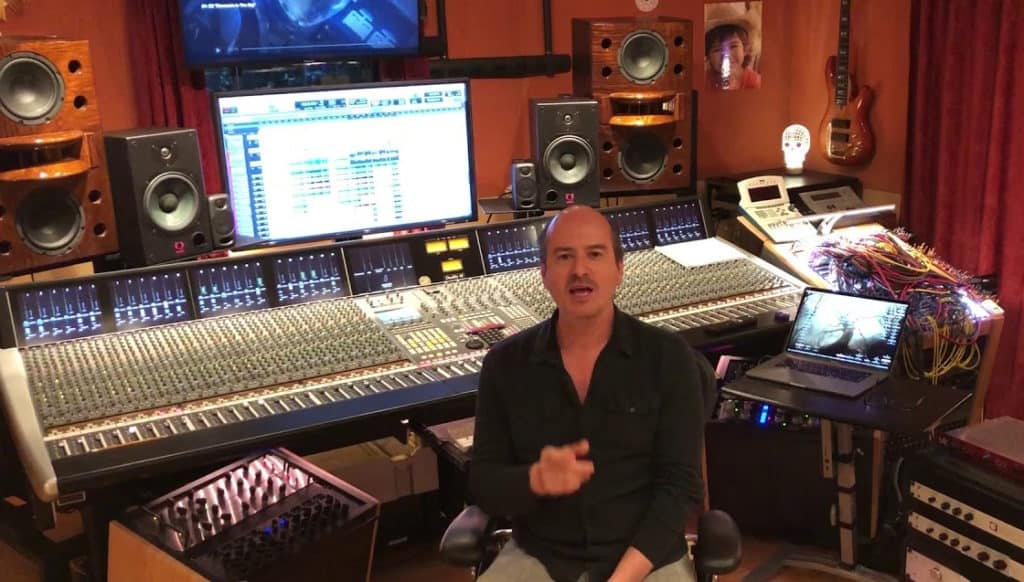
Rafa Sardina Achieves “Magical Balance” with Augspurger® Duo 8 MiniMain System
“There are revelations in one’s career that come unexpected. Discovering the magical balance of the Augspurger® Duo 8 monitors has allowed me to work on so many different styles of music with a single speaker reference.”
Rafa Sardina
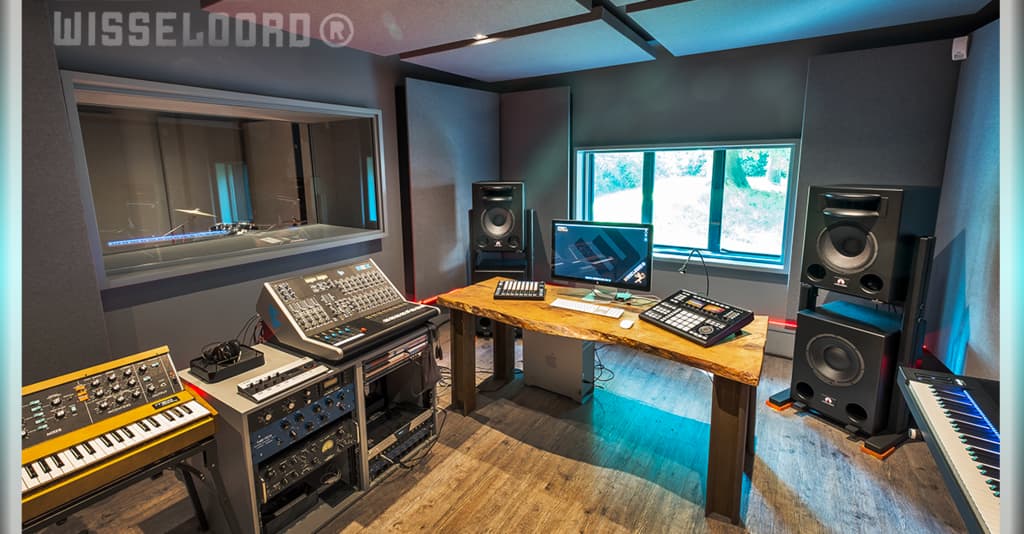
More Than Sound: Amsterdam’s famous Wisseloord studio chooses Augspurger®
From the standpoint of gear, design, range of services, amenities and vibe, Wisseloord is as good as it gets. That’s why artists like U2, Elton John, Michael Jackson, Mick Jagger, Sinead O’Connor, Foo Fighters and hundreds more have worked at Wisseloord over the years. It’s a truly staggering client list.
Wisseloord
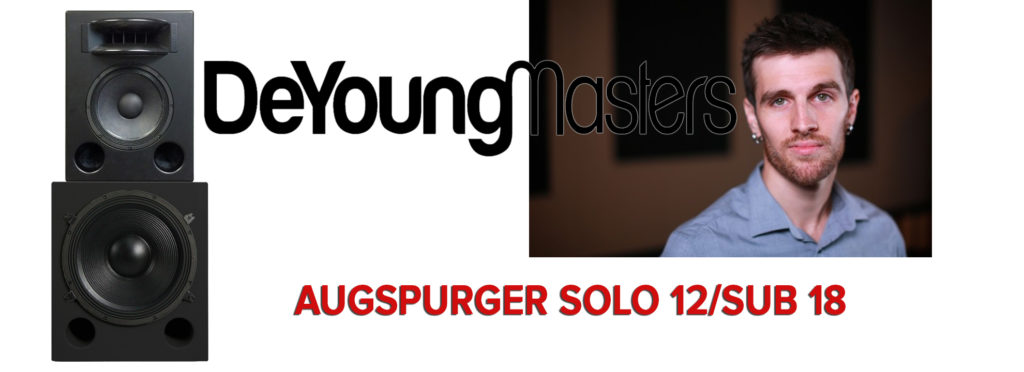
Mastering Guru Alex DeYoung of DeYoung Masters chooses Augspurger® Solo 12MF
Based in LA, Alex DeYoung’s list of credits is more than impressive, with names like Michael Jackson, Macy Gray, Keyshia Cole, and countless others. That’s why when DeYoung was looking to step up the monitoring in his mastering suite, he chose Augspurger®. The system is a simple but elegant one; the Solo 12MF* 1500watt two way system.
Alex DeYoung
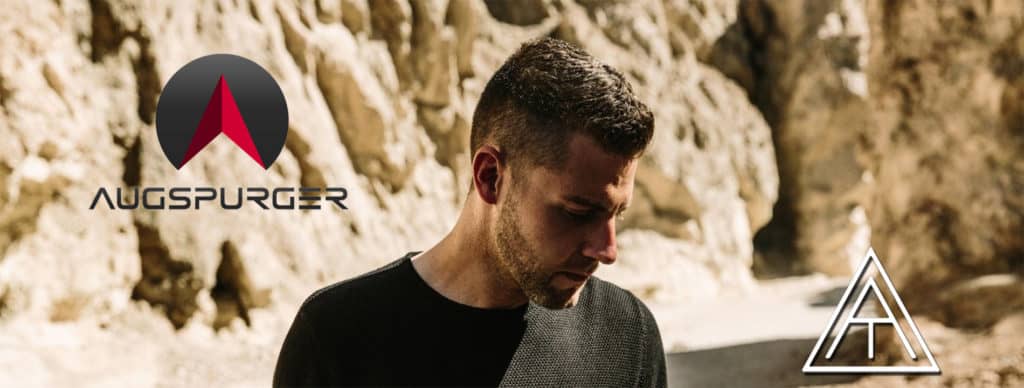
Check out the sonic Architect and new Augspurger® user, Tony Anderson. Tony will be creating aural atmospheres for film on his Duo 8 MiniMain system with 1X12 subs. We are super pleased to have Tony in the Augspurger® family!
Tony Anderson
Breathtaking Power.
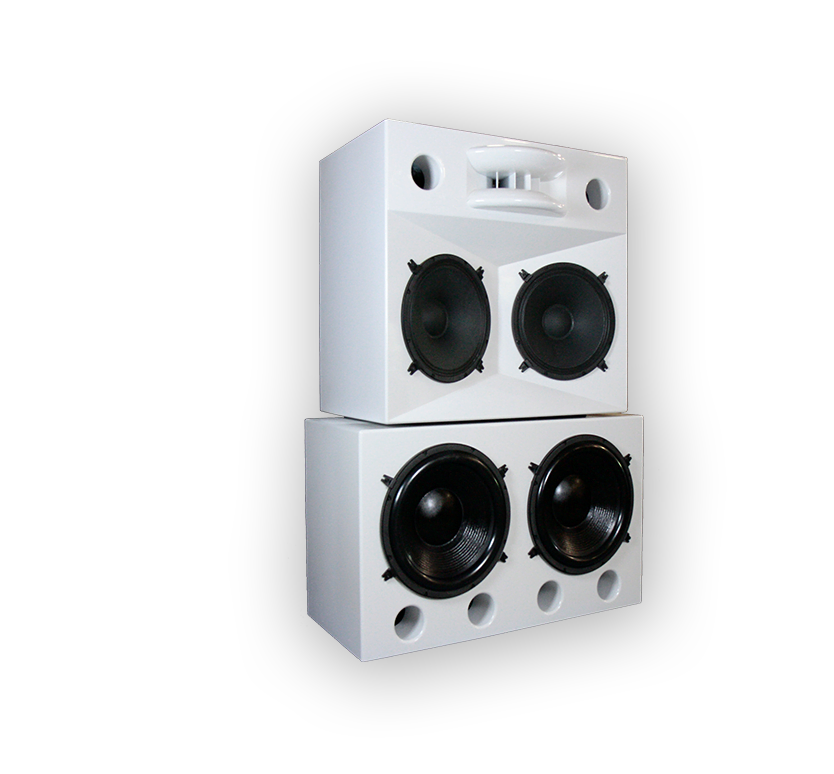
Unmistakable Clarity.
How Augspurger® is Unique
COMPONENTS
CONSTRUCTION
CONFIGURATION
Pro Audio Design Inc: A Joint Announcement with George Augspurger
Dave Malekpour, President of Professional Audio Design Inc. (PAD) & Founder of...
Read MoreYour Guide to Finding the Best Professional Studio Equipment Suppliers in the USA
Are you an audio professional or studio owner in the USA searching...
Read MoreAugspurger® Monitors appoints Ding Dong Audio as official distributor in China
Ding Dong Audio will be responsible for growing Augspurger’s presence in the...
Read MoreLevels Episode 6: Echo | Inside the LAB Studios
In this week’s Augspurger “Levels” Podcast episode, Paul Irizarry a.k.a. ECHO talks...
Read MoreLevels Episode 5: Delanie Leyden | Quick Off the Block
In the latest episode ‘Levels’ podcast, hosted by Headliner, accomplished Audio engineer,...
Read MoreLevels Episode 4: Jean-Marie Horvat | ‘Chaos is the best recipe’
Jean-Marie Horvat, five-times Grammy nominated, multi-platinum mixer, writer and producer joins Dan...
Read MoreLevels Episode 3: 50 Years of Hip-Hop Quad Studios NYC
In the latest episode of the “Levels” Podcast (hosted by Headliner), join...
Read MoreLevels Episode 2: Dave Malekpour
The second episode of the ‘Levels’ podcast episode featuring Augspurger® founder and...
Read MoreCover Story: Inside Jaycen Joshua’s Canton House Studios
MIX Online’s article by Steve Harvey takes us on a journey through...
Read MoreLevels Episode 1: Christopher Coe
In the inaugural “Levels” Podcast by Headliner Magazine, electronic producer Christopher Coe...
Read MoreJaycen Joshua Featured by Mix Magazine – A-List Engineer Weaves Talent, Taste and a Personal Touch Into Canton House Studios
Read the full article here: From the Article: To understand the fundamentals...
Read MoreTONIK CAPITAL DEBUTS WORLD’S FIRST AUGSPURGER MONITORS ATMOS SYSTEM
Augspurger® Monitors has completed the successful installation of the world’s inaugural Augspurger® Atmos...
Read More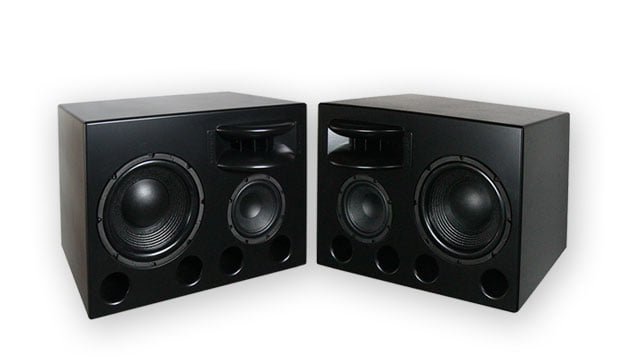
While we always welcome customer visits at our factory, it isn’t always a practical option. To fully experience an Augspurger® monitor system you should be in a well-designed and acoustically treated room with the system carefully set up and tuned, or calibrated to the room’s response.
With installations worldwide we often partner with our clients to make available their rooms for demonstrations which provides you the ideal listening experience. So, wherever you are, we invite you to contact us to arrange for a personalized demo. Just let us know which system(s) you are interested in!






